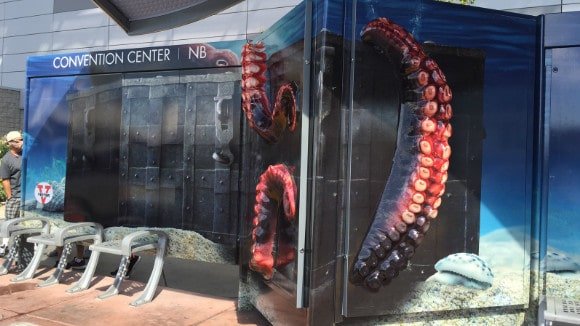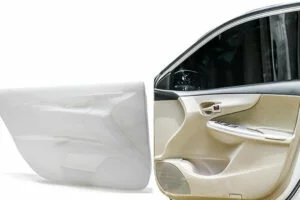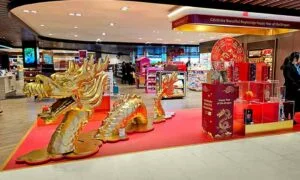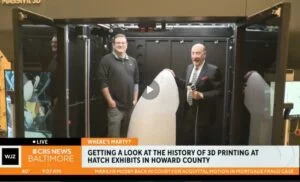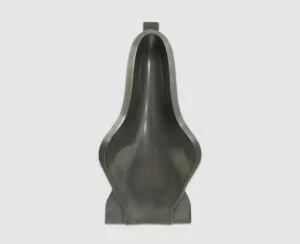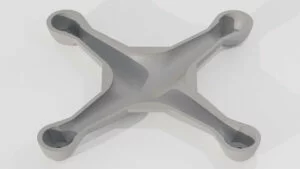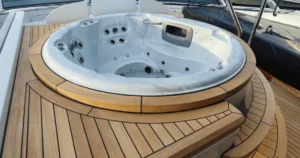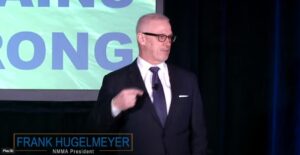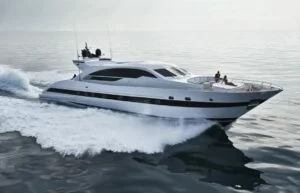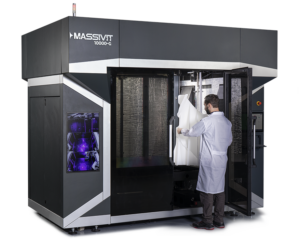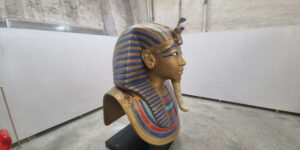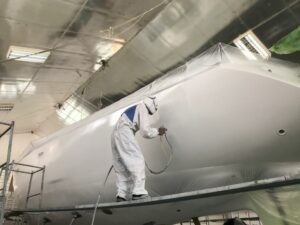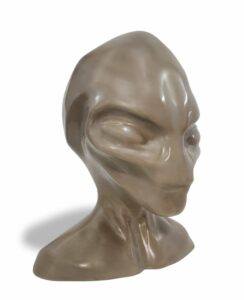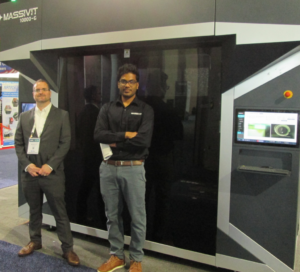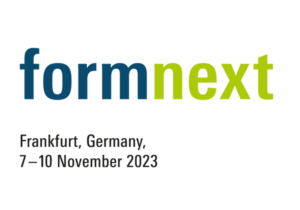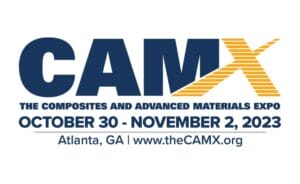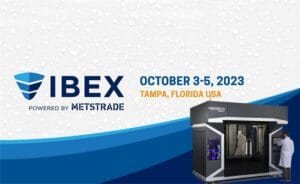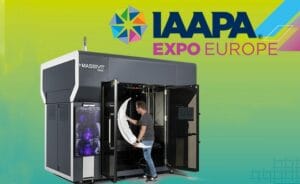This idea was a noble one. Decaux took it a step further: He would get advertising dollars to pay for the shelters.
Decaux was in Lyon, France, and he approached the mayor about his idea which he called, “street furniture.” The mayor approved, and Decaux set off to turning 40 bus stops into shelters, motivated by the belief that he was onto something big.
And an industry was born.
Bus Stop Advertising Through The Ages
Early bus stop shelters were simple affairs: a bench, a roof, and walls for advertising posters. It did not take long for the idea to spread around the world as bus shelters began popping up in Belgium, Portugal, London, the United States and beyond.
These street-level, weather-safe spaces offered brands a new way to reach captive audiences (commuters waiting for their bus), as well as passing pedestrians, and drivers.
As the popularity of using outdoor advertising grew, brands and their advertising agencies were impelled to develop higher-caliber, attention-getting bus shelter posters in order to stand out.
Advertisers began to push new creative–and structural–bounds so that their messages would be noticed.
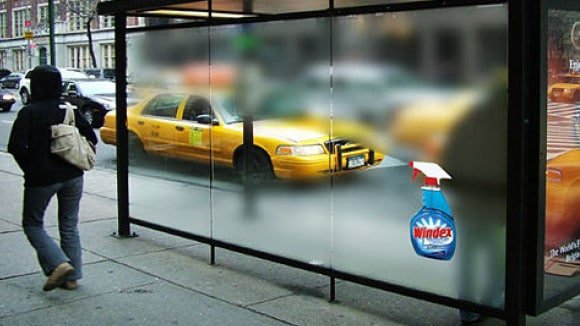
Then they started adding 3D elements and their bus shelter ads really demanded attention.
3D Printing Paves The Way For PSPs
Today, 3D printing makes it easier and faster for PSPs to create and deliver outstanding bus shelter ads.
#1: Fast Turnaround with Large Format 3D Printing
Advertising is a fast-paced world, and that “need it yesterday” mentality is passed on to printers. After all, no brand manager wants to sit on a big idea; he or she wants to implement it ASAP. Until recently, it took days to produce 3D elements for bus shelters. Massivit changed that.
3D printing bypasses several steps that are required in traditional fabrication methods. Not only that, Massivit’s proprietary and patented material layers fast and cures instantly. Instead of taking days, Massivit creates 3-dimensional models in hours.
#2: Complete Creativity
A second beautiful feature of 3D printing is the ability to design and print any shape or form. The 3D files are digital. What you see on the screen is what comes out of the printer. This removes the chance of human error or slips that are common with foam carving.
3D design also allows geometric freedom to create angles unattainable by subtractive fabrication methods. This is crucial because today bus advertisements must work harder to catch attention. Besides the billion other messages bombarding commuters’ eyes, a bus shelter advertisement has to compete with mobile devices and their addictive apps and texting.
One way to capture the attention and admiration of commuters is to transform bus shelters into immersive brand experiences. Bus shelters like this one engage commuters with the brand.
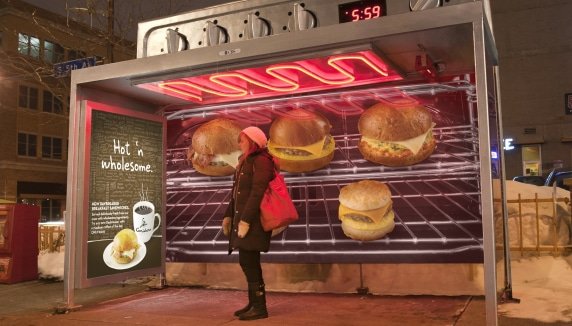
According to an article in Wide Format Impressions:
“…transit advertising can now be regarded as a high-impact media, in part because creative designers have adapted successful techniques from experiential and event marketing.”
This is good news for companies that have a superfast 3D printer, like Media Resources in Toronto. They are using their large format 3D printer to create all kinds of eye-catching OOH advertising, including this bus shelter for Circle K.
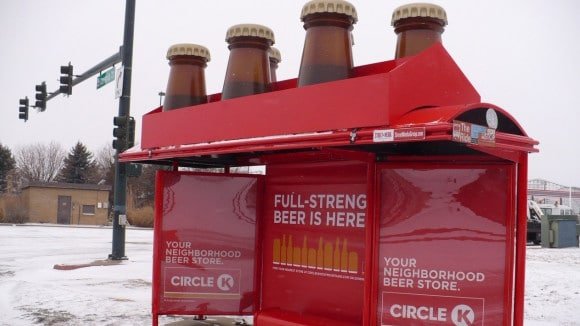
The creative freedom of 3D design and printing allows Media Resources to deliver whatever complicated shapes or designs their clients desire.
Carisma Large Format printing in New York specializes in 3D bus wraps. They also created a bus shelter using large format 3D printing.
What Is Next for Bus Shelter Advertising?
What is in the pipeline? Perhaps apps that bring 3D elements to life on commuters’ mobile devices? Perhaps on-the-spot storefronts that allow commuters to order while they wait? What is for sure is 3D printing is here now to help PSPs quickly deliver outstanding bus stop advertising — and it will be here to enhance whatever comes next.
If you are not on board with 3D printing yet, now is your chance to learn more. Download our free ebook.



